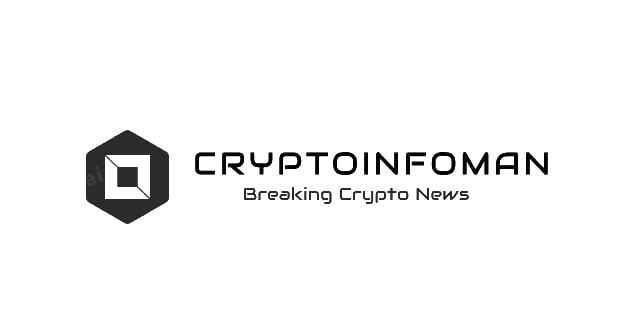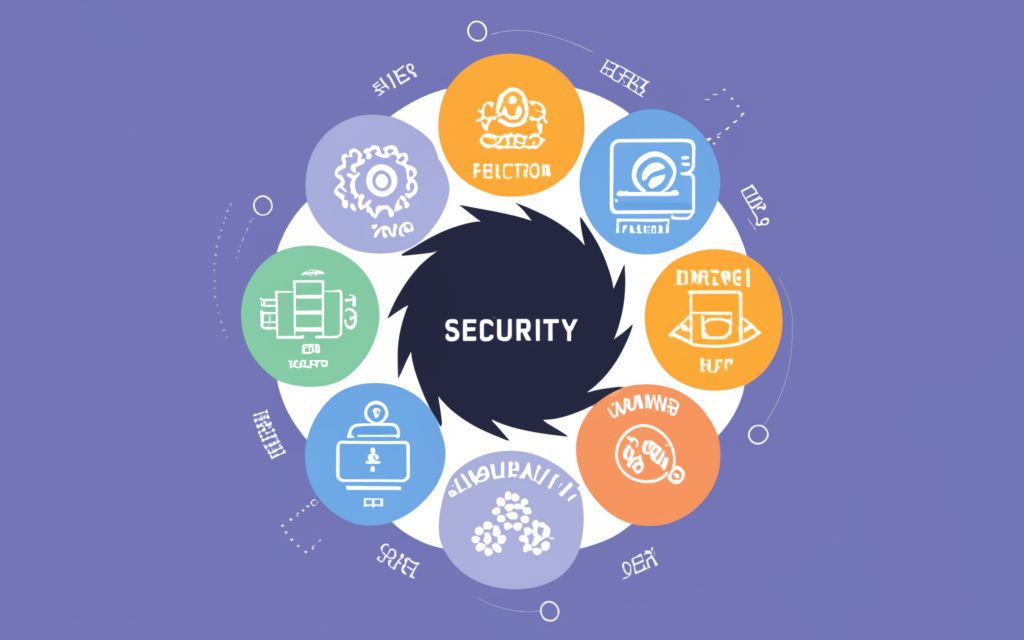The Growing Need for Sophisticated Security Approaches
Importance of Progressive Security Techniques
As crypto adoption expands, traditional firewalls and antivirus software prove inadequate in addressing sophisticated attacks like supply chain compromises or insider threats – necessitating more advanced safeguards.
An Overview of Modern Attack Vectors
Key emerging threats span phishing, ransomware, DDoS attacks, vulnerabilities in smart contracts and DeFi protocols as well as infrastructure risks from third parties.
Multi-Factor Authentication for Fortified Access Control
Augmenting Security via MFA Adoption
MFA techniques requiring multiple credentials for access makes unauthorized system infiltration exponentially harder even if one factor gets compromised.
Implementation Best Practices
For optimal security, experts recommend using MFA across administrative logins, wallet access, and transactions while storing recovery seeds securely in case of device loss.
Encryption for Comprehensive Data Security
End-to-End Encryption for Ubiquitous Protection
E2E encryption encapsulates data like wallet keys, account details, and communication both during transit and at rest, eliminating intercept risk through robust cryptography.
| Algorithm | Key Length (bits) | Relative Strength | Use Cases |
| AES-256 | 256 | Very high | Crypto wallets, applications |
| ChaCha20 | 256 | Very high | Cryptocurrency communications |
| RSA | 2048+ | High | Digital signatures and authentication |
For comprehensive protection, protocols like AES-256 or ChaCha20 satisfy crypto security prerequisites if implemented correctly.
Leveraging Blockchain Immutability for Security
Blockchain for Transaction Data Integrity
By cryptographically securing transaction data on decentralized ledgers, blockchain delivers tamper-proof records with timestamped certainty – preempting forgery risks.
Automating Security via Smart Contracts
Smart contracts enable embedding advanced identity, access and business logic verifications into decentralized applications in an immutable manner – proactively fortifying ecosystems.
The Imperative of Regular Audits and Pen-Testing
Assessing Real-World Vulnerabilities
Routine simulated attacks reveal security gaps and system weaknesses better than compliance reports, allowing preemptive hardening before threats arise.
Ethical Hacking Best Practices
Responsible red team exercises entail controlled scoping, isolated test environments with available compensating controls and timely decommissioning – preventing disruptions.
Modernizing Endpoint Security
EDR and Zero Trust for Proactive Safeguards
EDR solutions provide continuous endpoint monitoring to detect anomalies in real-time. Zero trust architecture minimizes attack surfaces by only provisioning essential access.
Whitelisting and Sandboxing for Added Protection
Application whitelisting limits endpoint software to vetted sources while sandboxes isolate and inspect high-risk applications before authorization – significantly reducing risk surface.
Implementing Incident Response Plans
Formalizing Breach Response Protocols
Documented IR playbooks detailing roles, communications channels and automated containment procedures enable swift coordinated reaction to minimize damage.
Incident Simulation Exercises
‘Tabletop’ simulations with hypothetical scenarios prepare teams mentally to follow crisis plans calmly amid stressful situations and refine response workflows.
The Path Ahead: Continuous Learning
Adopting an Open Mindset Given New Threat Trends
The willingness to objectively re-evaluate and rapidly adopt smarter safeguards even while current measures seem adequate sets truly secure organizations apart.
Industry Workshops and Certifications
Engaging in workshops hosted by bodies like SANS Institute and pursuing compliance certifications like ISO 27001 continually evolves organizational crypto security posture.
Building Security Awareness
Ingraining a security-first mindset across teams via mandatory cybersecurity training makes people the first line of defense against prevalent threats like phishing.
In summary, robust crypto defense today requires going far beyond antivirus and network monitoring tools to incorporate advanced access governance, resilient threat detection capabilities alongside continuous, organization-wide security awareness. Our recommendations provide a blueprint for prudent security investments that proactively fortify organizations instead of reactive fire-drills.

